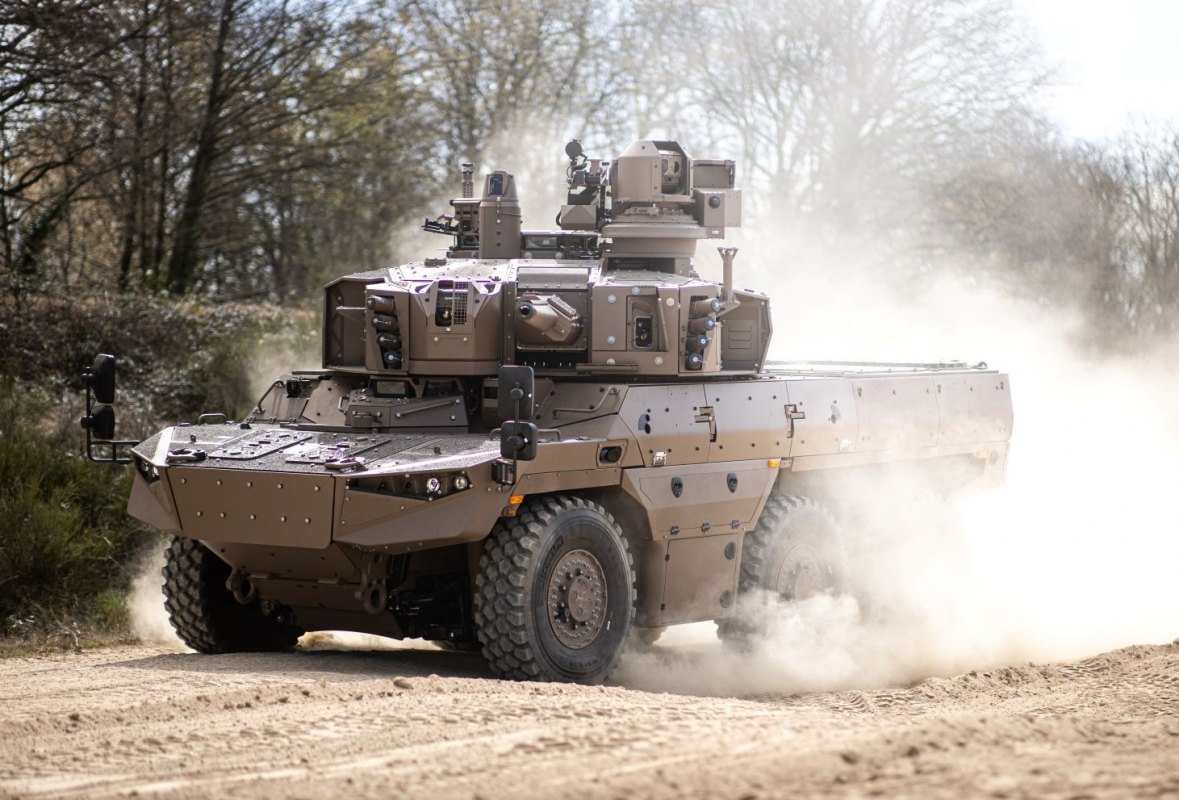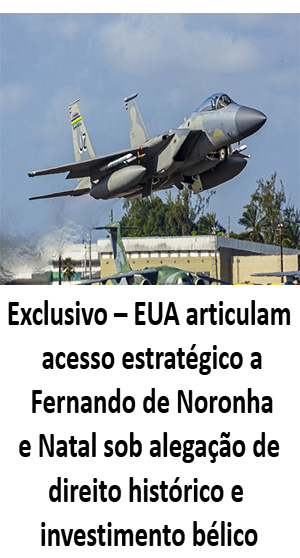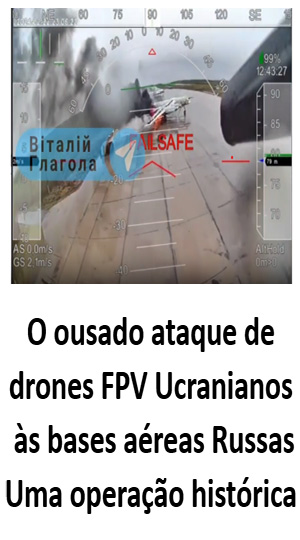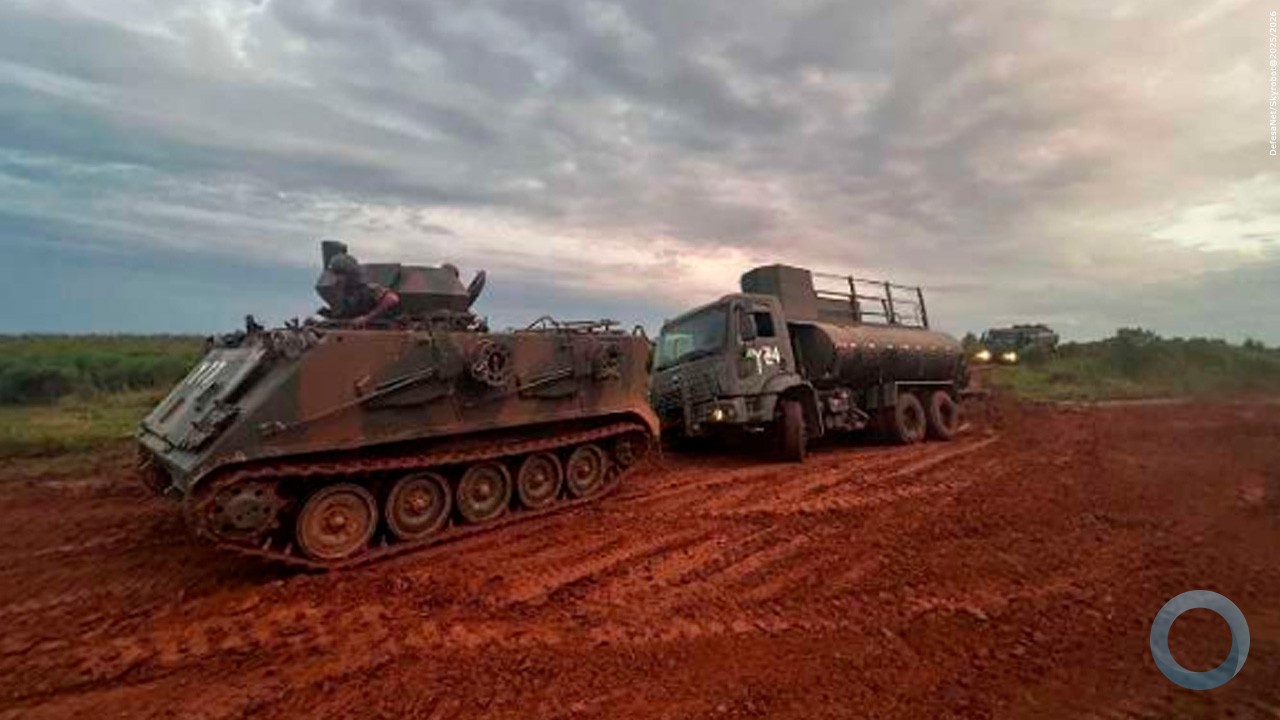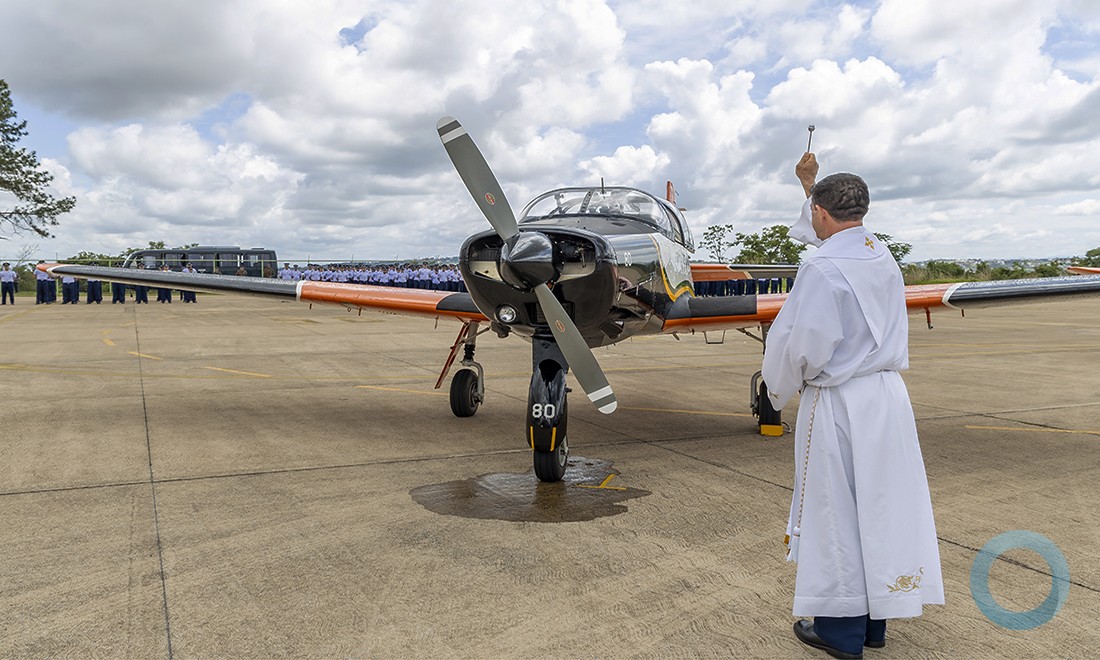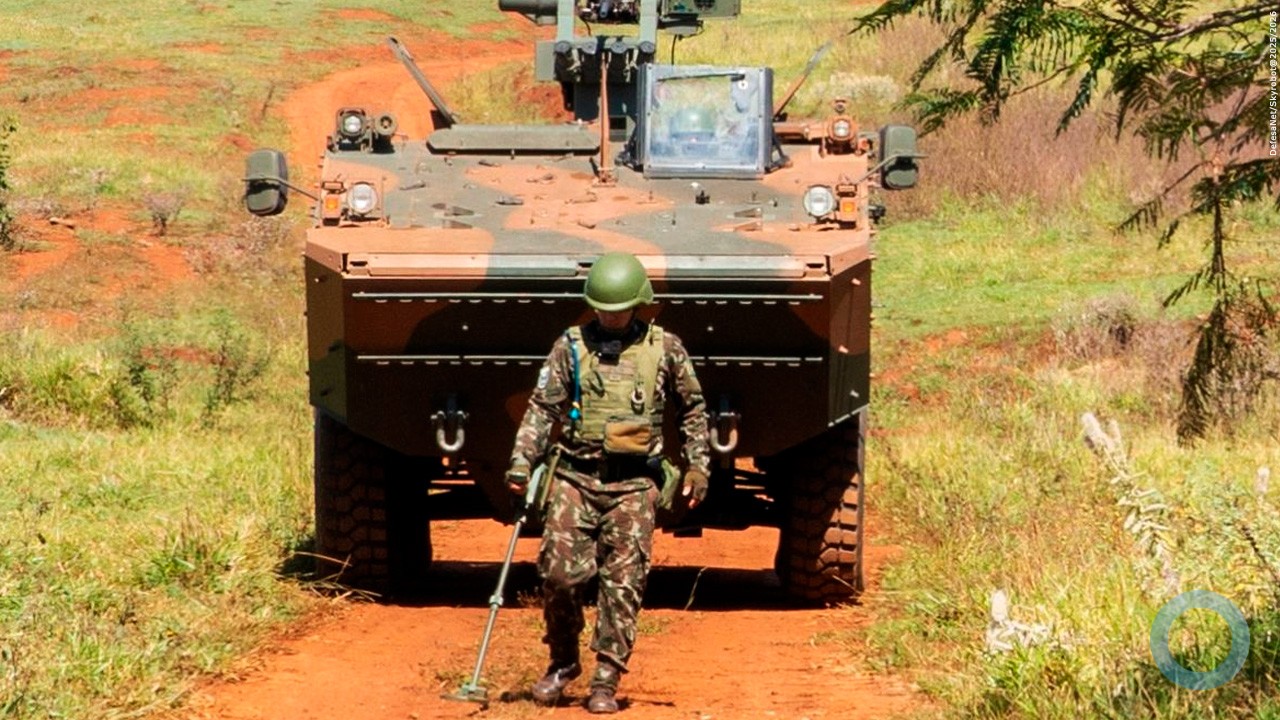Andréa Barretto
Brazil's Army Project Office (EPEx), created in 2012, evaluates, proposes, coordinates, and integrates efforts toward the realization of the Army’s large-scale, technologically and financially complex strategic projects. So far those projects have included Guarani, Cyber Defense, Air Defense, Proteger, Recop, Astros 2020, and Sisfron.
Diálogo is presenting each of the projects, their objectives and challenges, as well as new developments in a series of weekly reports. This week's report features the Anti-Aircraft Defense Strategic Project.
The Anti-Aircraft Artillery Groups of the Brazilian Army will be equipped by the end of the year with SABER-M60 radar — a sensor with a range of 60 kilometers that will enhance the country’s capability to defend itself against air attacks. The radar, which was conceived by the Army and manufactured by Brazilian company Bradar, is just one element of Brazil's Anti-Aircraft Defense Strategic Project.
“This project is part of the Army’s transformation process, which requires that strategic projects provide new capabilities for Ground Forces,” said Colonel Edson Ribeiro dos Santos Júnior, who is a member of the Anti-Aircraft Defense team led by Major General João Chalella Júnior.
Radar systems detect threats at different distances
The SABER-M60 sends its data to an Anti-Aircraft Artillery Center of Operations, where the information is processed. If a threat is detected, a team stationed at the operations center may decide immediately whether to fire a missile at the target.
The Anti-Aircraft Defense project will deliver five more of these radar systems to the Army this year, a quantity sufficient to meet the needs of the Anti-Aircraft Artillery Groups and to begin to outfit the Anti-Aircraft Batteries within the Infantry and Cavalry Brigades. The project will also develop a SABER-M200 radar, the prototype of which should be ready by December. As the name suggests, this sensor has a range of approximately 200 kilometers, which is greater than the M60's range. The longer range will give the military more time to react to threats. Because of this capability, the SABER-M200 is considered a surveillance radar and, like the M60, works in conjunction with the Anti-Aircraft Artillery Centers of Operation.
Building operation centers
In its initial phase beginning in 2010, the Anti-Aircraft Defense project provided Military ground forces with not just radar, but also Anti-Aircraft Artillery Operation Centers, low-altitude weapons systems (RBS 70 and GEPARD), communications equipment, operational vehicles, and training. Officials expect the project will continue through 2030.
Expanding Anti-Aircraft Artillery by creating new units is a key objective of the initiative. Two such units are already in the implementation phase: the 12th Anti-Aircraft Artillery Group in Manaus (Amazonas), and the Anti-Aircraft Maintenance and Supply Battalion in Osasco (São Paulo). Construction of the 12th Group's physical facilities will begin with work on the barracks, which will be built by October so they can house the first of the group’s service members.
Military authorities also plan on renovating the Anti-Aircraft Maintenance and Supply Battalion facilities. This unit will provide logistical support for anti-aircraft defense, consisting of specialists capable of resolving complex maintenance issues; troops in the Battalion will also ensure that there are sufficient supplies, such as munitions and fuel.
Defense Minister Jaques Wagner recently told Diálogo that Brazil's air defense system is outdated and an upgrade is overdue, not just to provide adequate security during the Summer Olympics in Rio de Janeiro in 2016, but beyond that for national security.
Low-altitude weapons systems
Deploying high-performance vehicles is also an important component of an anti-aircraft system. To ensure the Military has such vehicles, from April 14-17, a team of Brazilian service members tested six armored combat vehicles. After transporting them to the Marambaia Proving Grounds to observe their performance, and after checking the entire electrical system, Soldiers fired two of the 35 mm canons with which the tanks are equipped, thus concluding the acceptance testing phase. The vehicles were approved.
The system was acquired in response to the need to recover operational capabilities in low-altitude anti-aircraft defense (up to an altitude of 3,000 meters). It consists of armored combat vehicles, search and fire radar, computers, radios and ammunition; in an operation, these devices deployed as a group, and are inter-operable.
The Army already has received 29 systems. In the coming year, they will receive eight more. All system units are intended for two Armored Battalions: the 11th Self-Propelled Anti-Aircraft Artillery Battery, located in the state of Paraná, and the 6th Self-Propelled Anti-Aircraft Artillery Battery, in the state of Rio Grande do Sul.
Training for more than 500 service members
Deploying sophisticated weapons requires training. The weapons systems that Brazil is acquiring under the Anti-Aircraft Defense project always include simulators, which are necessary for training the service members who are going to operate the weapons. Simulator training is conducted both by each unit that receives the equipment and by the Coastal and Anti-Aircraft Artillery School, the training institute located in Rio de Janeiro.
Larger-scale trainings also are planned, such as the one scheduled for August at the Formosa Training Grounds (100 kilometers from Brasília). The training should involve more than 500 service members for two weeks and will be provided by the 1st Anti-Aircraft Artillery Brigade.
“This training is not the only one for the year, but it is the one that everyone will attend," the Colonel said. "The concern is to ensure standardization of procedures. We have to make sure that everyone is on the same page, that they are operating the way that they need to.”






